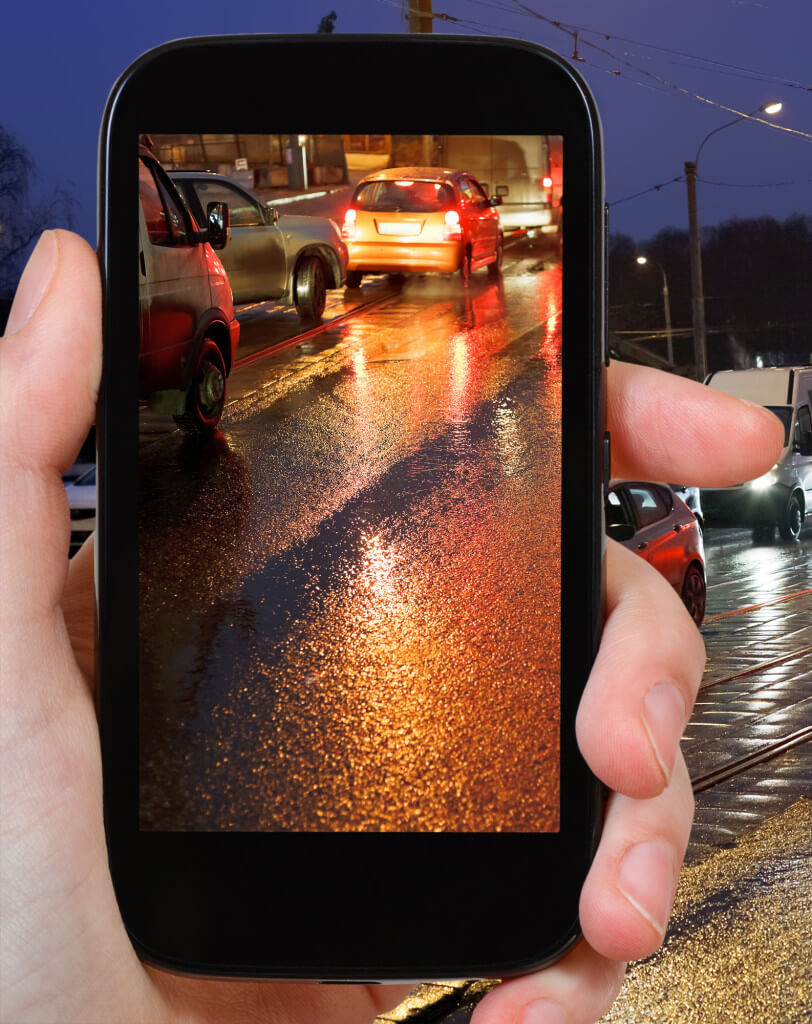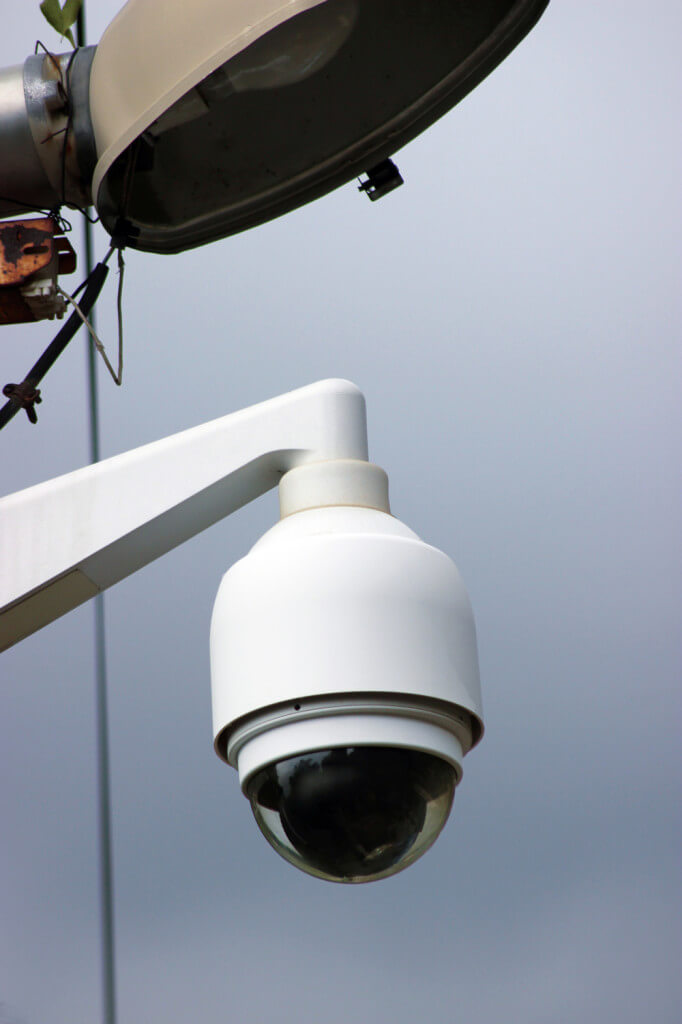 Northern Illinois University sociologist Kirk Miller sums up the crisis facing American law enforcement today in just two words: viral accountability.
Northern Illinois University sociologist Kirk Miller sums up the crisis facing American law enforcement today in just two words: viral accountability.
“What I describe as viral accountability in law enforcement is the phenomenon of citizen- and police-generated video that, through dissemination via the news media or Internet, has the power to influence public opinion about police legitimacy and ultimately affect personnel decisions within criminal justice agencies,” Miller says.
“Viral accountability has thrust controversies related to race and use of force by police into the public eye, and it has fueled the crisis in contemporary policing in the United States,” adds Miller, chair of the NIU sociology department.
Specializing in the study of race, class and gender inequalities within the criminal justice system, Miller is conducting research on police activities that are captured on camera and shared with wide audiences.
While the vast majority of police activities on camera raise no public concern, a string of high-profile examples of lethal force have come under intense public scrutiny, including:
- The July 17, 2014 chokehold death of 43-year-old Eric Garner in New York, caught on cellphone video taken by a bystander.
- The Oct. 20, 2014 shooting of 17-year-old Laquan McDonald in Chicago, captured on a police dashboard camera.
- The Nov. 22, 2014 shooting of 12-year-old Tamir Rice in Cleveland, caught on surveillance video.
- The April 4, 2015 shooting of 50-year-old Walter Scott in North Charleston, S.C., captured on cell phone video by a bystander.
- The July 19, 2015 shooting death of 43-year-old Samuel DuBose in Cincinnati, documented by a police officer’s body camera.
Missing from this list is the touchstone Aug. 9, 2014 police shooting in Ferguson, Mo., of 18-year-old Michael Brown, whose death fueled protests over treatment of African Americans by U.S. law enforcement.
The Brown shooting was not captured on video. Yet it remains a point of controversy related to viral accountability, Miller says.
“There has been a tremendous shift in what people’s expectations are for having police encounters documented by video,” Miller says. “In light of how connected we are as a society, people expect that they should be able to see virtually every police encounter with a citizen.”
Dash- and body-cams have represented attempts by police departments to get in front of the issue so that government can better control the process, Miller says. According to the U.S. Bureau of Justice Statistics, the nation has seen an uptick among local police using in-car video cameras, with 68 percent of departments employing the technology in 2013. That same year, about a third of local police departments provided at least some officers with body-worn cameras.
“So there’s this unusual situation,” Miller says. “On one hand, the absence of video creates a problem for police in terms of their legitimacy with the public. On the other hand, when they are recorded, we see incidents of lethal violence that become high profile. At some level, these are the extremes that bound the crisis.
“Police are in a bind,” he adds. “In either instance, they are subject to criticism.”
There also are issues related to what video evidence is released to the public—and when.
In Chicago’s Laquan McDonald case, authorities withheld the video from the public for more than year, citing a federal investigation into the shooting. In November, a judge ordered its release, and the ramifications are still unfolding. Earlier this month, the city’s police superintendent was fired.
“If these kinds of events are being captured on police video, with some coming to light and others not, one can speculate about the scale and scope of lesser kinds of wrongful police misconduct that are in the vault,” Miller says.
It’s important to keep in mind that, as recently as a decade ago, policing was still a low-visibility activity, he says. Police-citizen encounters were witnessed by the officer, the citizen and perhaps bystanders. In situations where there was an allegation of police wrongdoing, it almost always boiled down to the officer’s word versus the word of the citizen.
 “Now it’s just the opposite,” Miller says. “Police have to consider the fact that everything they do may be visually documented, and that’s a sea change in American law enforcement. That’s what’s driving a lot of the events over the last 18 months.”
“Now it’s just the opposite,” Miller says. “Police have to consider the fact that everything they do may be visually documented, and that’s a sea change in American law enforcement. That’s what’s driving a lot of the events over the last 18 months.”
Given the new level of visibility, there is “very little reason” to suspect police misconduct with regard to lethal force is on the rise, Miller says.
“But because so much is visible through video today compared to the past, larger portions of the public are paying attention and perceive more police wrongdoing and violence,” he adds.
Detailed year-to-year comparisons of lethal use of force by police aren’t available because the U.S. government hasn’t captured solid data on the topic. “It just isn’t something we’ve shined a light on as a society,” Miller says.
Citizen groups and news organizations are beginning to develop their own counting methods. The Washington Post and the Guardian in the U.K. have each created databases that count and profile deaths by lethal police force in the United States in 2015.
Miller says movements such as Black Lives Matter have added momentum to the national examination of race issues in American policing. At the same time, police accountability groups are leveraging technology aimed at expanding so-called sousveillance. The American Civil Liberties Union, for example, offers a free smart phone app called Mobile Justice, designed to help ordinary citizens record police conduct.
The Internet, pocket video cameras, viral videos, recording apps—technology has come a long way since March of 1991, when the police beating of Rodney King was caught on video by a bystander with a camcorder. In hindsight, it was a watershed event in American law enforcement, Miller says.
“Capturing the Rodney King incident on videotape took luck, coordination and coincidence,” he says. “You fast forward 25 years, and it’s something that anyone can do with a cell phone.
“In some ways,” Miller adds, “what we saw then with the Rodney King beating was like looking into the crystal ball of American policing in 2015.”


